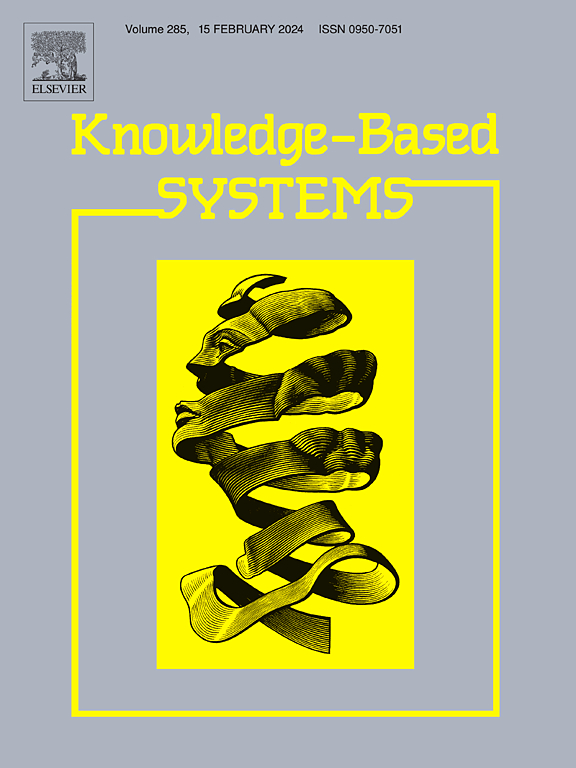DPCA: Dynamic multi-prototype cross-attention for change detection unsupervised domain adaptation of remote sensing images
IF 7.2
1区 计算机科学
Q1 COMPUTER SCIENCE, ARTIFICIAL INTELLIGENCE
引用次数: 0
Abstract
Unsupervised domain adaptation (UDA) is a key technique for enhancing the generalization and reusability of remote sensing image change detection (CD) models. However, the effectiveness of UDA is often hindered by discrepancies in feature distributions and sample imbalances across disparate CD datasets. To address these issues, we propose the Dynamic Multi-Prototype Cross-Attention model for UDA in CD. This approach enhances the representation of complex land cover features by incorporating multi-prototype features into a cross-attention mechanism, while addressing sample imbalance through a novel pseudo-sample generation strategy. The Multi-prototypes and Difference Feature Cross-Attention Module iteratively updates the multi-prototype features and integrates them with a classical two-stream CD model. This allows the model to achieve domain alignment by minimizing the neighborhood distance between the global multi-prototype features and high-confidence target domain prototype features. In addition, we propose the Sample Fusion and Pasting module, that generates new target domain-style samples of changed regions to facilitate CD-UDA training. Experimental evaluations on the LEVIR, GZ, WH, and GD datasets confirm that DPCA model effectively bridges the feature distribution gap between the source and target domains, significantly improving the detection performance on the unlabeled target domain. The source code is available at https://github.com/Fanrongbo/DPCA-CD-UDA.
求助全文
约1分钟内获得全文
求助全文
来源期刊

Knowledge-Based Systems
工程技术-计算机:人工智能
CiteScore
14.80
自引率
12.50%
发文量
1245
审稿时长
7.8 months
期刊介绍:
Knowledge-Based Systems, an international and interdisciplinary journal in artificial intelligence, publishes original, innovative, and creative research results in the field. It focuses on knowledge-based and other artificial intelligence techniques-based systems. The journal aims to support human prediction and decision-making through data science and computation techniques, provide a balanced coverage of theory and practical study, and encourage the development and implementation of knowledge-based intelligence models, methods, systems, and software tools. Applications in business, government, education, engineering, and healthcare are emphasized.
 求助内容:
求助内容: 应助结果提醒方式:
应助结果提醒方式:


